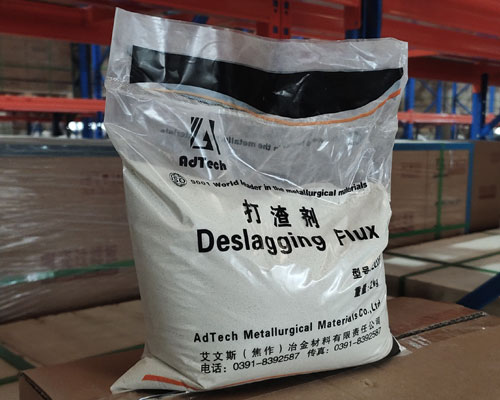Furnace refining with flux is widely used in aluminum foundry. The main goal of aluminum melt purification technology is to continuously improve the purity of the melt, constantly pursue high-efficiency and low-cost purification technology, and meet the development needs of aluminum processing melt purification technology.
The inclusions in aluminum and aluminum alloy melts are mainly aluminum oxides. The harm of inclusions to aluminum and aluminum alloys is not only in their adverse effects on material properties. Moreover, the inclusion content has a certain effect on the hydrogen content in the melt, and it is a good carrier for hydrogen in the melt. Therefore, the inclusion content also affects the amount of porosity or pinholes in the casting.

After adding a certain amount of flux into the aluminum and aluminum alloy melts, the inclusion content of the melt can be effectively reduced. The furnace refining with flux mainly plays a role in the process of removing impurities from the melt from two aspects:
(1) The solid solubility of flux in aluminum and aluminum alloy is low. During the solidification of the melt, the flux will be enriched at the grain boundary or at the solid-liquid interface, and the oxide inclusions will also be enriched at the grain boundary during the solidification process, which provides a good contact reaction for the flux and Al2O3 inclusions. condition. The inclusion of aluminum is reduced to elemental aluminum and returned to the melt. The reactant of the flux and alumina is a high melting point oxide, and the density is greater than that of the aluminum melt. Therefore, it can be allowed to sink to the bottom of the yard for removal by standing still, thereby achieving the purpose of impurity removal.
(2) The flux is a surface active element. When the flux is used as a surface covering agent, a complex oxide of the flux is formed on the surface of the melt, which makes the surface oxide film denser and further prevents the oxidation of the melt.

